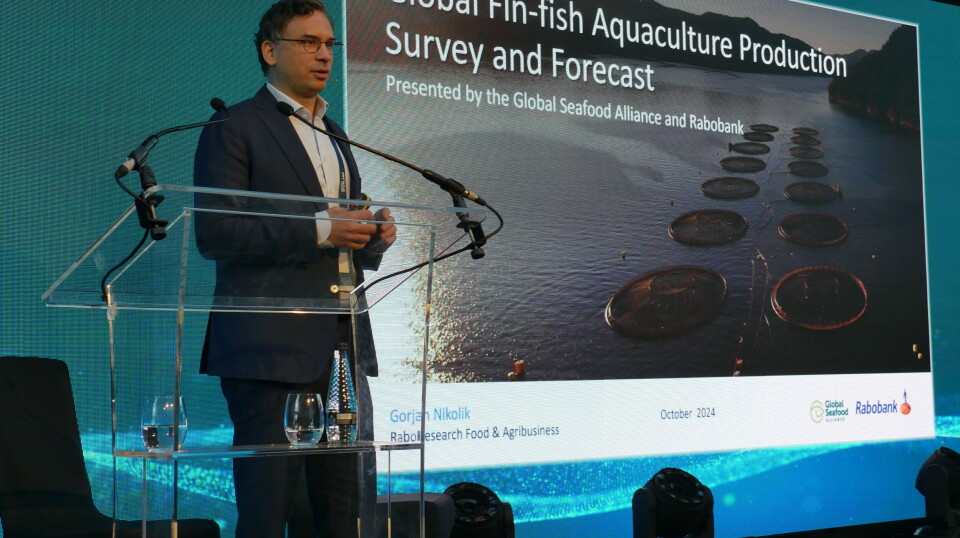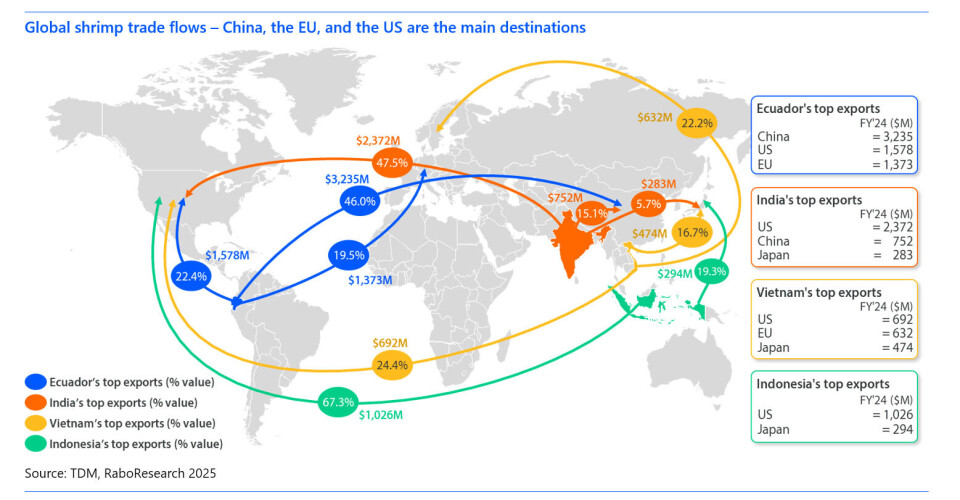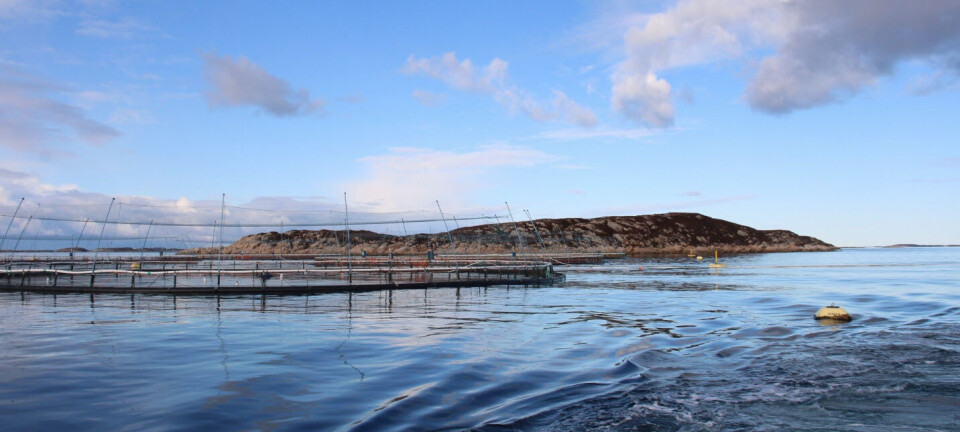
Viability of Canadian salmon 'would be threatened by tariffs'
Sector would face high costs to switch markets, warns analyst
Potential US tariffs on Canadian salmon – currently under discussion – could destabilise a market where 87% of Canadian exports go to the US, analysts at Rabobank have warned.
The threat alone of 25% to 35% tariffs is already stalling investment, and consumers could face higher prices and reduced supply, according to a report by RaboResearch.
“The seafood industry is navigating a perfect storm of trade barriers, geopolitical risk, and supply chain fragility,” said Gorjan Nikolik, senior global specialist seafood at RaboResearch. “Strategic diversification - both in sourcing and market access - is no longer optional. It’s essential.”
Virtually all seafood will be affected by a period of profound disruption, as geopolitical tensions and trade interventions reshape long-established supply chains, says RaboResearch. Seafood producers and exporters – particularly in Asia – are being hit hard by tariffs, sanctions, and shifting alliances, while consumers in the US and Europe face rising prices and reduced availability of seafood staples.
Salmon
The salmon sector has long been vulnerable to geopolitical disruptions, says the report, the most recent of which is the tariffs imposed by US president Donald Trump. It says tariffs imposed on Chilean or Norwegian salmon (10% and 15% respectively) will be largely passed on to consumers, with some trade flows redirected to alternative markets.
But if higher tariffs were imposed on Canadian salmon, which is currently tariff-free, exporters would be forced to seek new markets in Asia and Europe. This would entail significantly higher logistics costs, potentailly undermining the viability of salmon farming in regions such as Newfoundland.

Shrimp
For shrimp, US tariffs of up to 50% are disproportionately affecting Asian exporters, including India, Vietnam, and Indonesia. In the US, shrimp is the most consumed seafood, making it a critical import market. Given the improbability of passing on tariffs exceeding 40% to consumers, a decline in US shrimp consumption appears inevitable.
According to Nikolik, as trade flows are rerouted, oversupply in alternative markets is triggering global price volatility. These deteriorating market conditions will test the resilience of producers and expose structural vulnerabilities in the sector’s reliance on a few key markets.
Tilapia
Chinese tilapia now faces a 75% US tariff, making it uncompetitive, says the report. With few viable substitutes, US consumption is expected to fall sharply. The repercussions of this contraction will extend beyond the US market.
“We expect Chinese producers to redirect supply to domestic consumers or to alternative markets such as sub-Saharan Africa and Mexico,” says Nikolik. However, these regions already have established local industries, and without protective tariffs, they may be vulnerable to a flood of low-cost imports.























































